Some of travel’s most memorable moments happen when plans go awry—when the GPS fails, when you miss the exit, or when curiosity pulls you down an unmarked road. These unplanned detours often become the stories we tell for years afterward.
Here is a list of 20 places around the world where taking the “wrong” turn might just lead to your trip’s most treasured memories.
The Lost Coast, California

Northern California’s rugged coastline includes a 100-mile stretch so steep and wild that highway engineers simply gave up, routing Route 1 inland. A wrong turn leads to narrow roads winding through ancient redwood forests before emerging at deserted black sand beaches where Roosevelt elk graze at the forest edge.
The few remaining settlements offer glimpses into a California that exists outside the technological whirlwind.
Onomichi, Japan
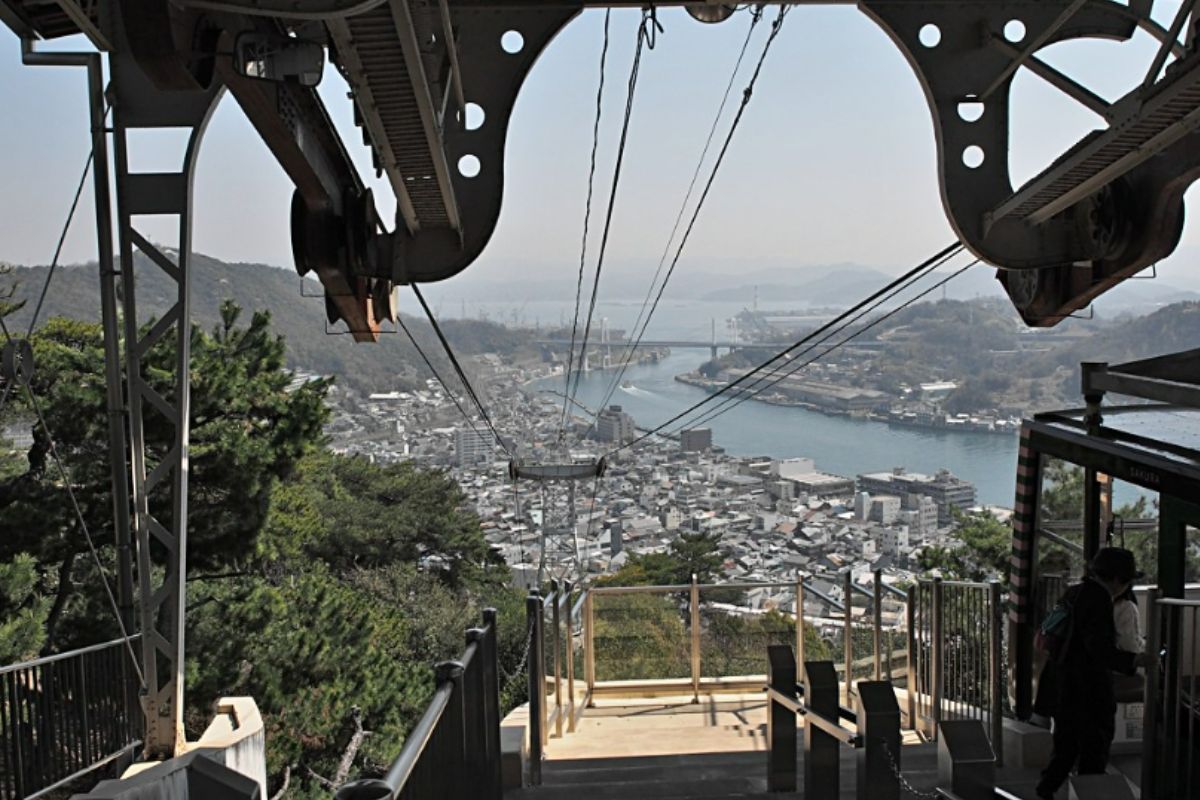
Missing your bullet train stop could strand you in this hillside port town overlooking the Inland Sea. The Path of Literature winds through neighborhoods largely unchanged since the early 20th century, connecting 25 temples while offering glimpses of artisans making traditional crafts such as paper-making or lantern-making,” to add specificity—but optional. Locals might invite impromptu visitors to join morning meditation at hilltop Senkō-ji Temple or direct you to tiny restaurants serving handmade Onomichi ramen.
Like Travel Pug’s content? Follow us on MSN.
Guanajuato, Mexico

The colonial-era silver mining tunnels beneath this Mexican city now serve as roads, creating a subterranean maze where one wrong turn brings you from underground darkness into sudden plazas filled with music and color. The city’s impossibly narrow callejones (alleys) include the famous Callejón del Beso (Alley of the Kiss), so narrow that balconies nearly touch across it.
Emerging anywhere in the city rewards visitors with vibrant building facades in every hue imaginable.
Matera, Italy
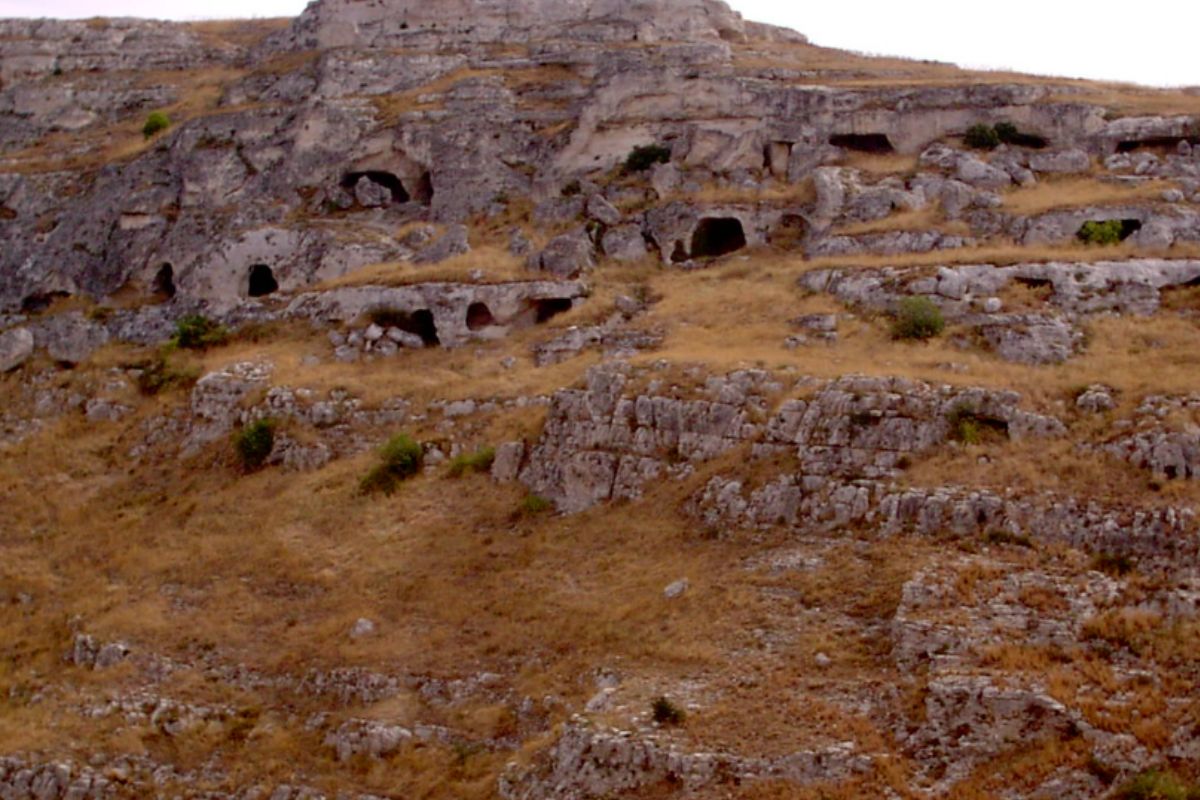
A navigational error in southern Italy might lead you to this ancient city, where cave dwellings carved into limestone cliffs have been continuously inhabited for over 7,000 years. The Sassi districts comprise homes, churches, and shops built into the rock itself, connected by staircases that often serve as streets.
Accidentally wandering into family-run trattorias reveals traditional cuisine, while wrong turns sometimes lead to underground cisterns and rock churches adorned with Byzantine frescoes.
Bagan, Myanmar

Rental bicycle maps of this ancient temple complex often prove frustratingly vague, virtually guaranteeing frequent misdirections among the 3,500 pagodas, temples, and monasteries scattered across the plains. Getting lost among lesser-visited structures often leads to private sunrise viewpoints or interactions with farmers tending crops between millennia-old monuments.
Local children sometimes emerge to guide disoriented travelers through secret passages to hidden Buddha statues.
Like Travel Pug’s content? Follow us on MSN.
The Burren, Ireland
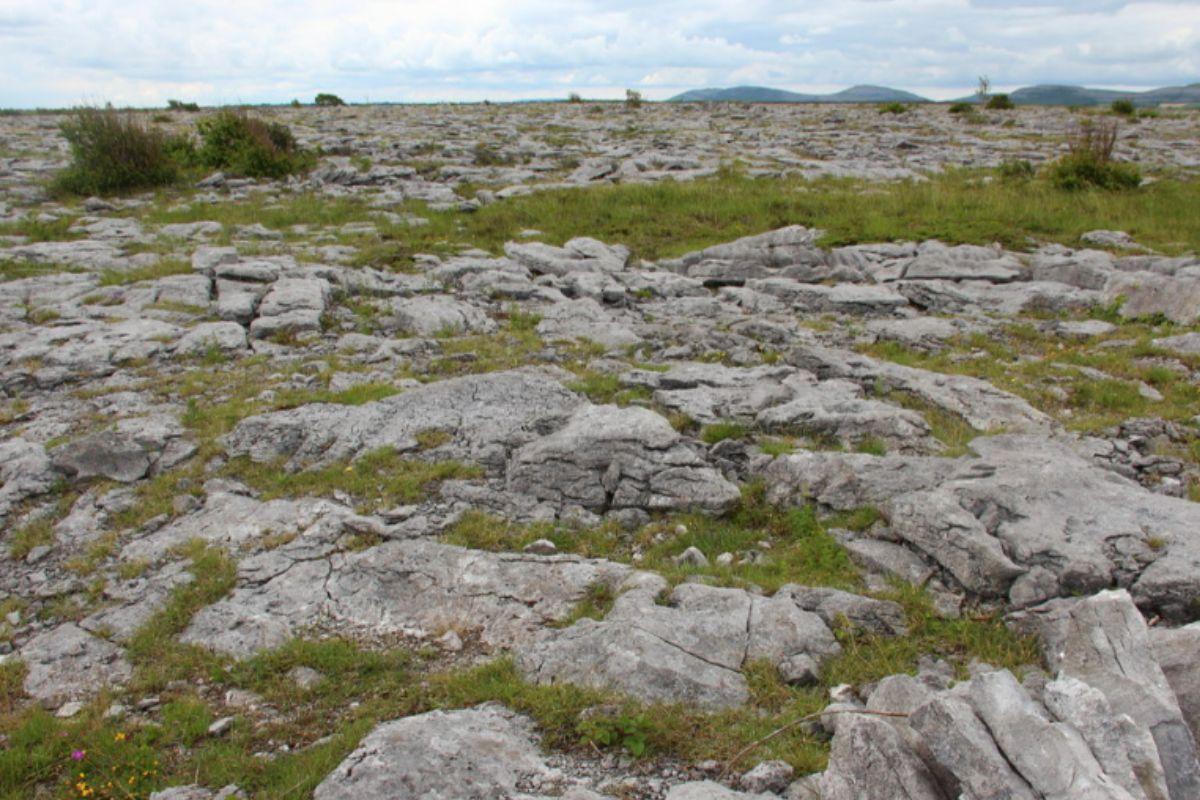
Confusing signposts in this remote corner of County Clare send travelers down unmarked farm tracks crossing a moonscape of exposed limestone. The seemingly desolate terrain conceals Arctic and Mediterranean plants growing side by side, ancient stone forts accessible only by crossing farmers’ fields, and mysterious dolmens standing sentinel for 5,000 years.
Wrong turns frequently lead to unmarked holy wells, tiny village pubs where traditional music sessions start spontaneously, or coastal roads offering dramatic views.
Chefchaouen, Morocco
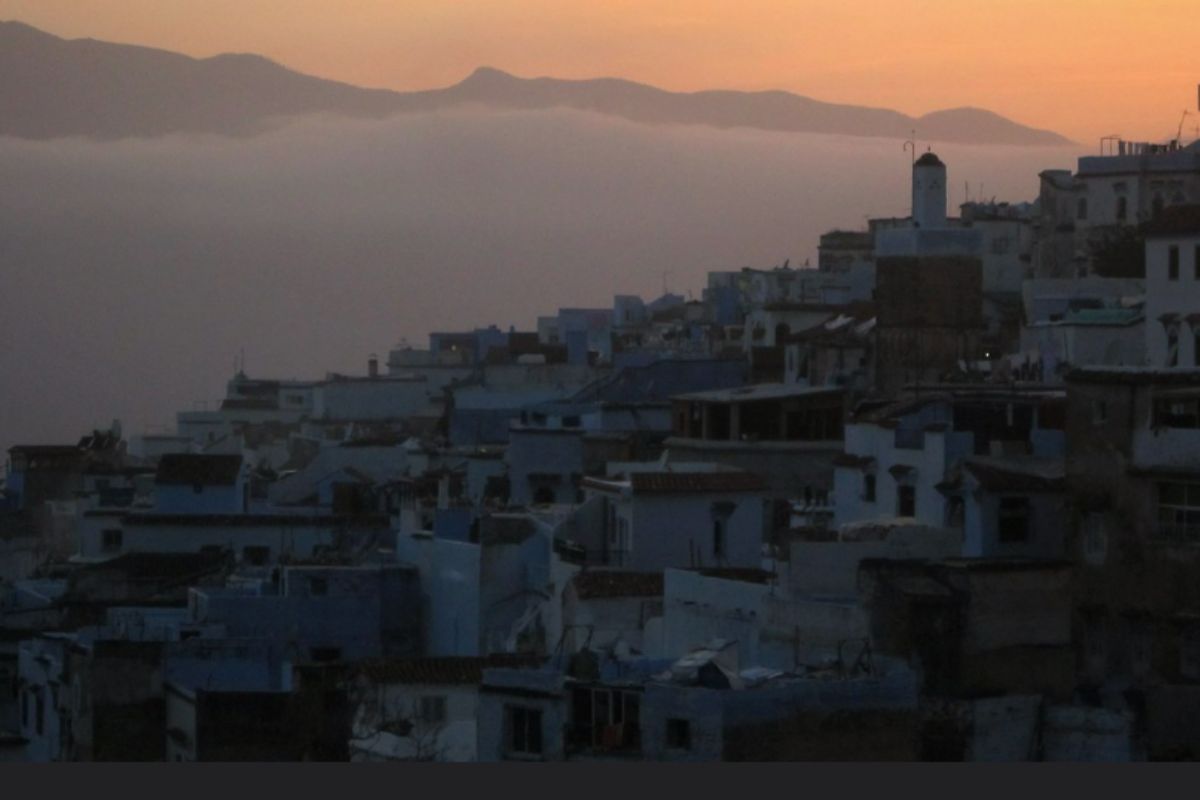
The maze-like medina in Morocco’s Blue City seems designed to disorient visitors, with narrowing alleyways painted in countless shades of blue winding upward into the Rif Mountains. Dead ends frequently reveal hidden doorways to family bakeries, artisan workshops, or unexpected terraces offering panoramic views across the azure labyrinth below.
Even experienced guides acknowledge getting occasionally lost in these twisting passages.
Valparaíso, Chile
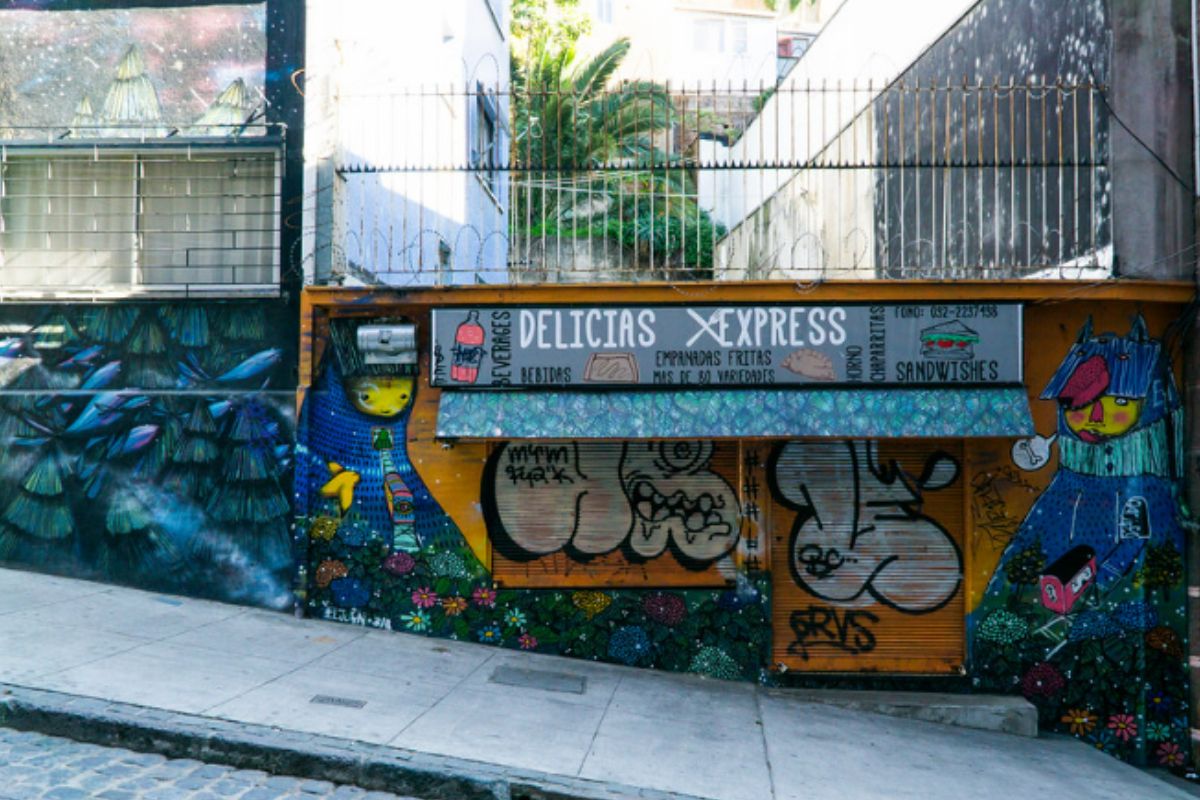
The funiculars and staircases navigating this port city’s 42 hills create countless opportunities for disorientation among streets that seem to double back on themselves. Wrong turns reveal buildings painted in explosive color combinations, with murals covering entire city blocks in South America’s most celebrated street art scene.
Accidentally ascending the wrong staircase might lead to poet Pablo Neruda’s home, hidden bars where generations of sailors have gathered to drink, or clifftop neighborhoods where fishermen still haul their catch up vertical hillsides.
Like Travel Pug’s content? Follow us on MSN.
Kyoto’s Northern Mountains, Japan
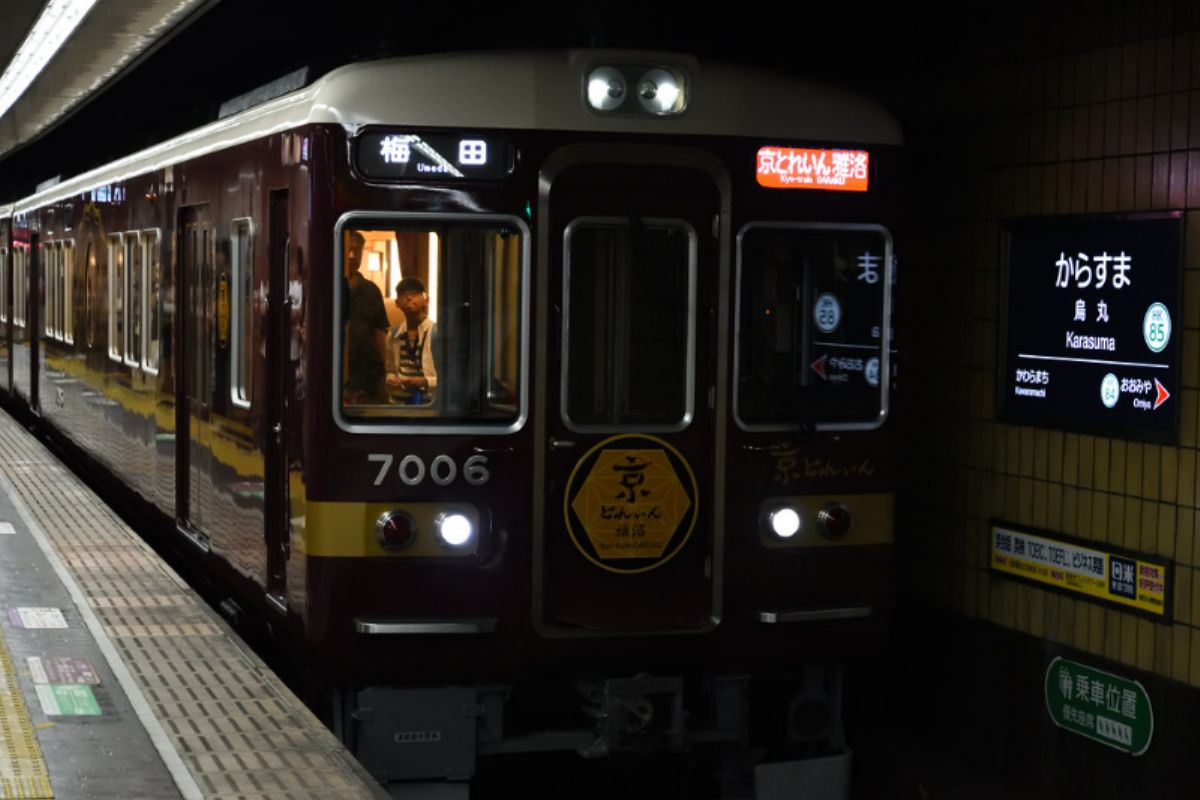
The bus system serving the village temples north of Kyoto operates on schedules comprehensible only to locals, frequently leaving visitors at seemingly random mountain stops. These transportation mishaps often lead to unexpected overnight stays in traditional temple lodgings, where monks serve vegetarian cuisine before dawn meditation.
Getting lost on forest trails might reveal hidden bamboo groves, tiny restaurants serving regional specialties, or natural hot springs where elderly Japanese visitors share local folklore.
The Scottish Highlands

The single-track roads winding through Scotland’s northwest highlands offer frequent opportunities for wrong turns, with GPS systems rendered useless by mountain interference. These navigational challenges lead travelers to abandoned crofts where sheep graze among stone ruins, hidden waterfalls, or coastal coves where Atlantic seals bask on red sand beaches.
Local farmers often approach disoriented visitors with offers of tea or invitations to help round up free-ranging Highland cattle.
Český Krumlov, Czech Republic

The medieval streets of this Bohemian town wind around the Vltava River in concentric circles that confound even the most directionally gifted travelers. Wrong turns lead through narrow passageways, emerging into hidden courtyards where puppeteers practice their craft or musicians perform traditional Czech folk songs.
The town’s underground taverns connected by centuries-old passages frequently capture disoriented visitors who discover locals playing ancient board games or recounting Czech legends.
Like Travel Pug’s content? Follow us on MSN.
The Medinas of Fez, Morocco
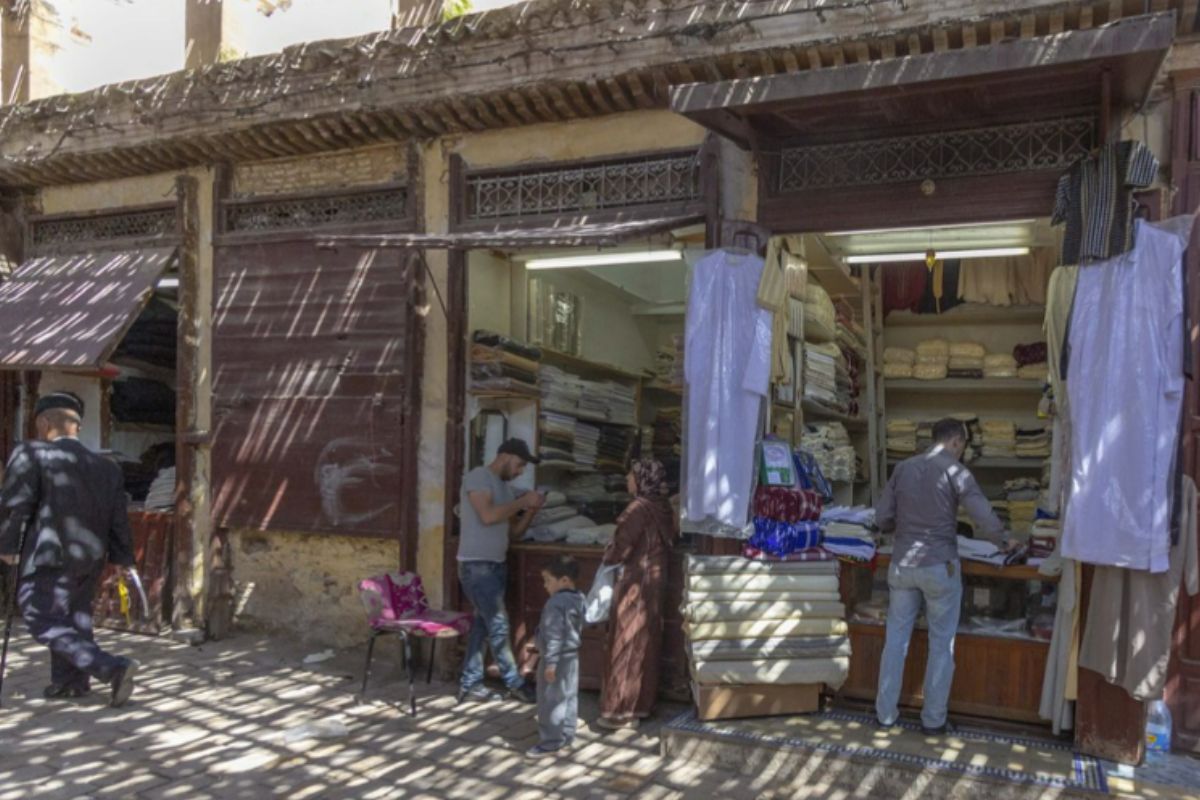
With over 9,000 twisting alleyways in a pedestrian labyrinth designed long before the concept of city planning, getting lost in Fez isn’t just possible—it’s inevitable. Wrong turns lead to hidden fondouks where artisans dye fabrics in massive stone vats, tiny restaurants serving meats slow-cooked in underground ovens, or hammams where locals gather for traditional steam baths.
Self-appointed guides frequently approach lost travelers, sometimes leading to genuine cultural exchanges and home-cooked meals with local families.
Varanasi, India
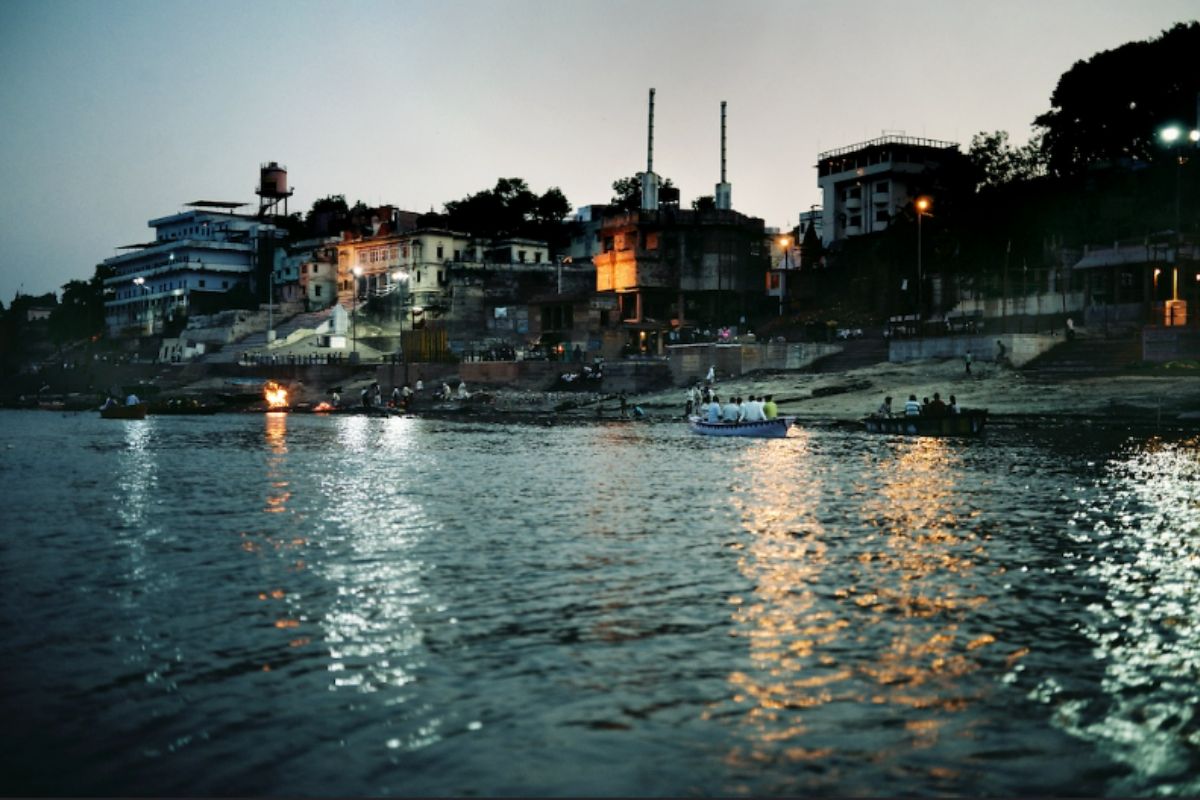
The ancient alleyways leading to the Ganges River form a sacred maze where wrong turns reveal the full spectrum of human existence. Disoriented wanderings lead past shrines tucked into wall niches, doorways opening suddenly onto rooftop views of cremation ghats, or sweet shops where families have made hand-pulled candies for generations.
Getting lost frequently results in invitations to witness domestic ceremonies or drink chai with silk weavers working on traditional looms.
Cappadocia, Turkey
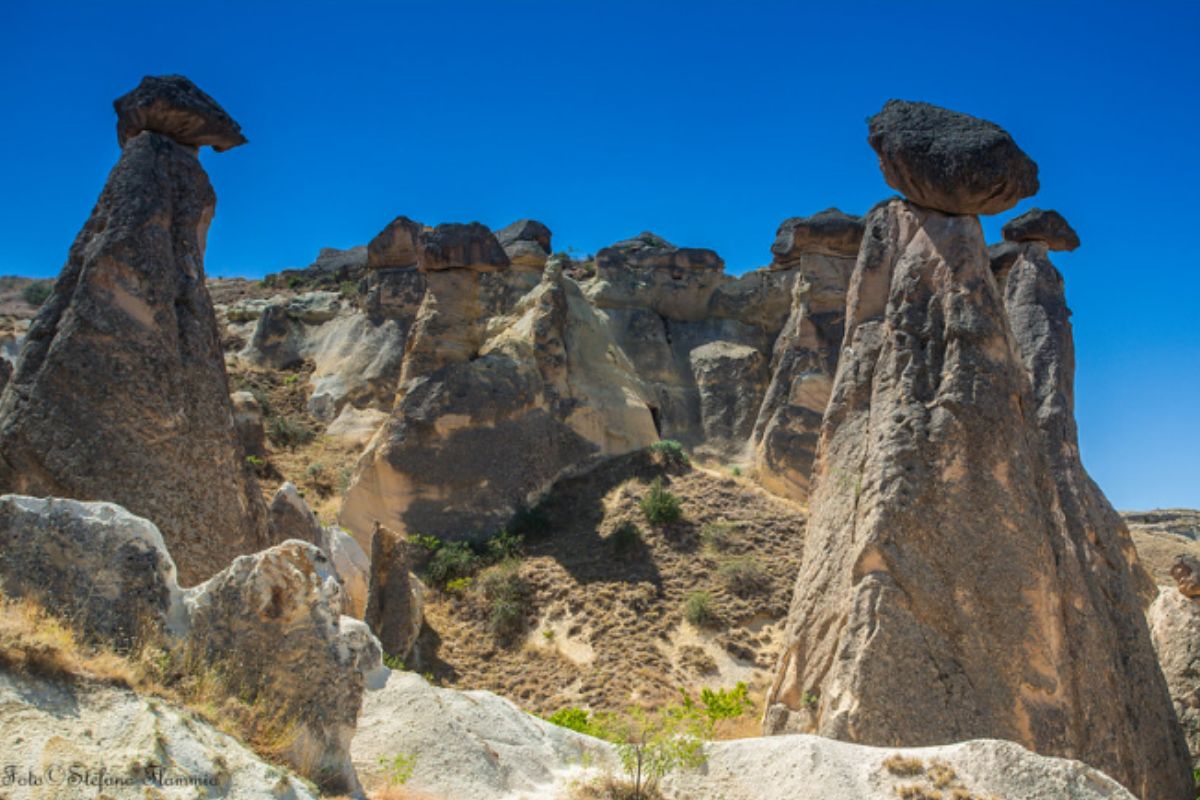
The volcanic landscape of central Turkey creates natural mazes among fairy chimneys and cave dwellings where conventional navigation quickly fails. Wrong turns while hiking lead to ancient churches carved into rock faces with preserved Byzantine frescoes, underground cities where early Christians hid from persecution, or family-run wineries operating from cave cellars.
Local farmers often invite disoriented hikers to join them for tea in garden plots hidden among the otherworldly rock formations.
Like Travel Pug’s content? Follow us on MSN.
Salvador da Bahia, Brazil

The colonial center of Brazil’s first capital creates a colorful maze where cobblestone streets suddenly transform into staircases. Wrong turns in the Pelourinho district reveal capoeira circles where practitioners perform this martial art disguised as dance, Candomblé houses where African spiritual traditions blend with Catholic imagery, or impromptu samba performances.
Getting lost frequently leads to family-run restaurants serving traditional stews or community centers where residents practice distinctive percussion.
Venice, Italy

Perhaps the world’s most famously confusing urban landscape, Venice elevates disorientation to an art form with its 400+ bridges connecting 118 islands without any discernible pattern. Wrong turns away from crowded areas, leading to residential neighborhoods where laundry still hangs across narrow canals, artisan workshops where traditional carnival masks are crafted, and tiny wine bars where locals gather for small plates and animated conversation.
The city rewards deliberate lostness with quiet squares, community gardens, and boat repair yards using traditional methods.
Sana’a, Yemen
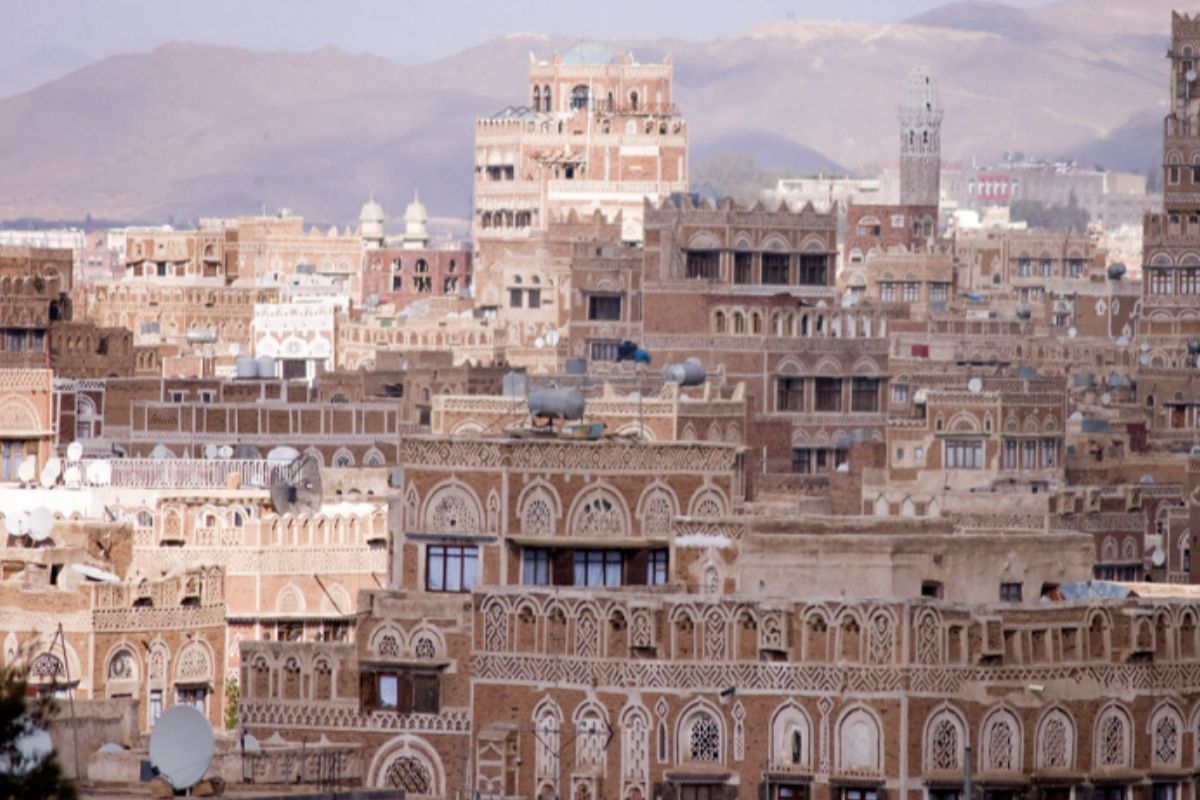
The ancient walled city features tower houses up to nine stories tall, adorned with intricate geometric designs, creating a three-dimensional maze where wrong turns happen vertically as well as horizontally. Disoriented wanderings lead to rooftop gardens, tiny museums housed in centuries-old homes, or specialized markets.
Though currently difficult to visit due to political circumstances, those who have gotten lost in Sana’a’s ancient streets often describe encounters with extraordinary hospitality.
Like Travel Pug’s content? Follow us on MSN.
Luang Prabang, Laos

The peninsula formed by the Mekong and Nam Khan rivers creates a geographic puzzle where wrong turns often lead to unexpected riverside viewpoints. Getting lost among the town’s 33 gilded Buddhist temples frequently results in invitations to observe monks’ daily rituals or join community almsgiving ceremonies at dawn.
Disoriented wanderings through residential neighborhoods reveal backyard weaving operations, small-batch whiskey distilleries, or garden plots where elders cultivate indigenous herbs.
Antigua, Guatemala
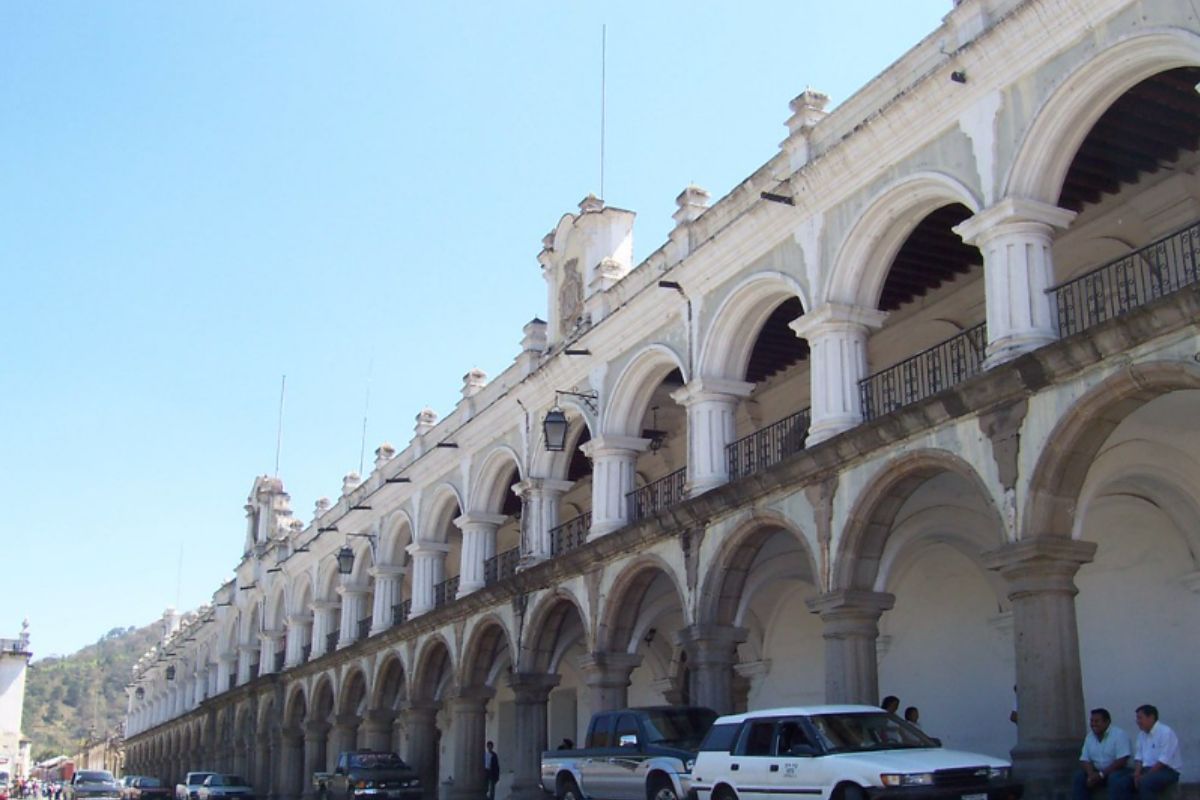
The colonial grid system of this UNESCO site becomes surprisingly disorienting due to streets renamed or truncated after earthquakes destroyed portions of the original Spanish layout. Wrong turns lead through crumbling archways into hidden courtyards housing artists’ collectives, coffee roasteries, or language schools where impromptu conversation exchanges happen.
Getting lost frequently reveals spectacular views of the surrounding volcanoes framed perfectly through gaps in buildings.
Stone Town, Zanzibar
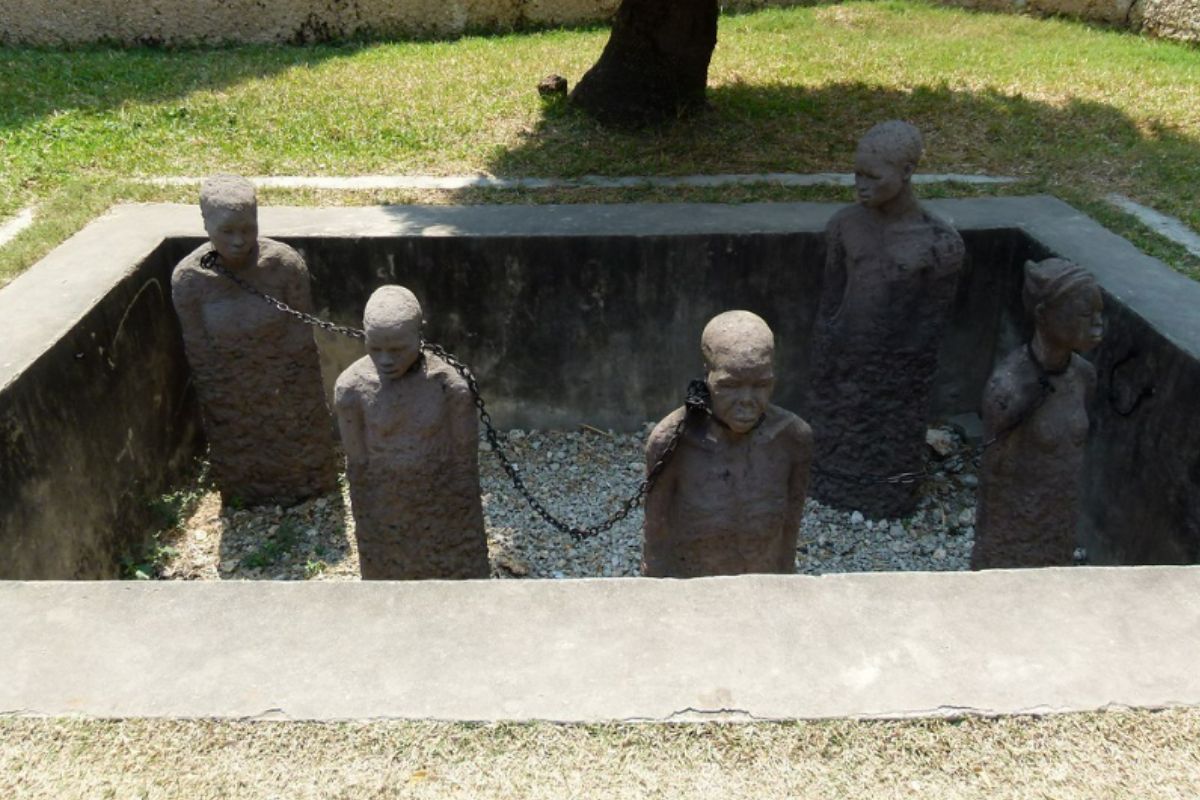
The winding alleyways of this ancient trading port combine African, Arab, Indian, and European architectural influences into a cultural labyrinth. Disoriented wanderings lead past elaborately carved wooden doors, into hidden courtyards where spice merchants dry cloves and cinnamon, or through unmarked doorways revealing rooftop tea houses with ocean views.
Getting lost frequently results in chance encounters with traditional craftsmen or impromptu musical gatherings blending African rhythms with Middle Eastern melodies.
Like Travel Pug’s content? Follow us on MSN.
The Joy of Being Gloriously Lost
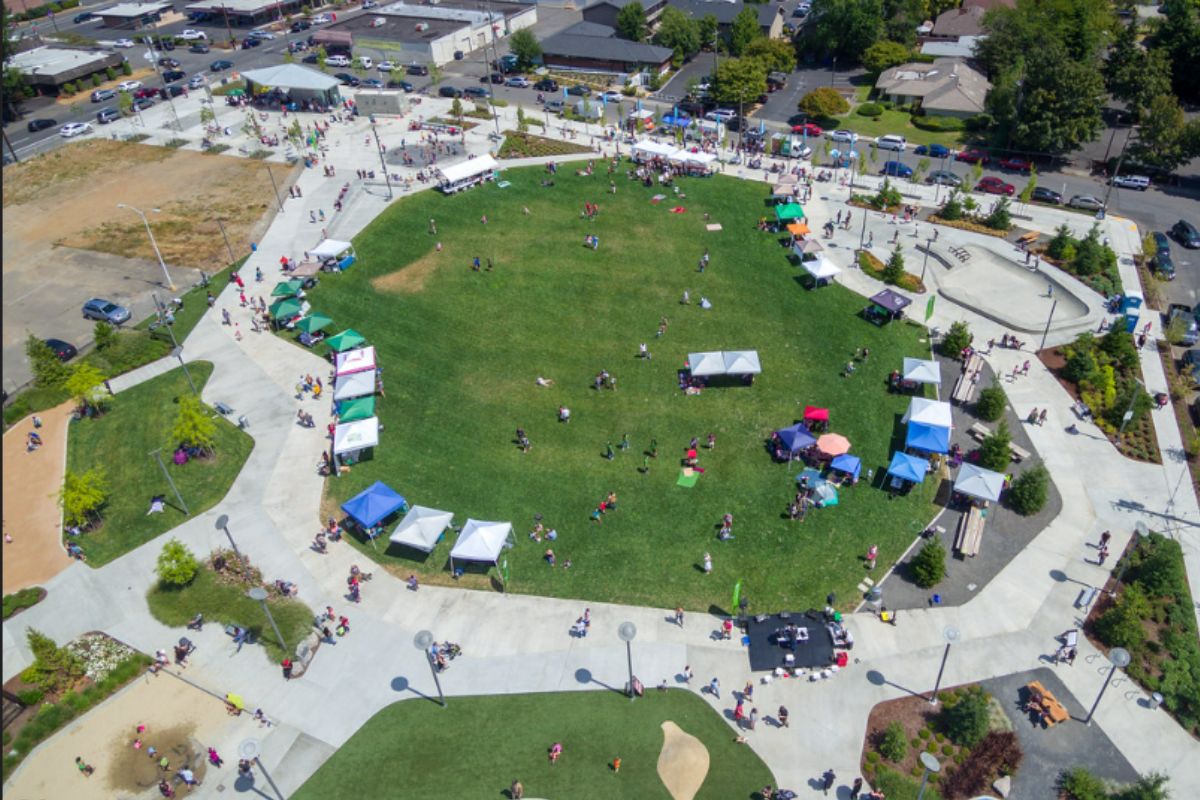
These twenty places remind us that disorientation often serves as the gateway to discovery—that moments of confusion can open doors to authentic experiences inaccessible to those who never stray from planned itineraries.
The wrong turn creates opportunities for genuine cultural exchange, for encounters with people and places not performing for tourist expectations but simply living their daily lives. In a world increasingly mapped and reviewed in advance, these labyrinthine locations preserve the joy of true exploration.
More from Travel Pug

- Cities Growing so Fast You Won’t Recognize Them in 10 Years
- 13 Destinations Where Tourists Regularly Regret Their Trip
- 20 Obscure WWII Sites Even History Buffs Don’t Know About
- 10 Under-the-Radar Mountain Towns That Are Both Affordable and Beautiful
- Remote Villages in Europe Where You Can Live for Free in Exchange for Work
Like Travel Pug’s content? Follow us on MSN.
